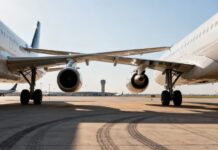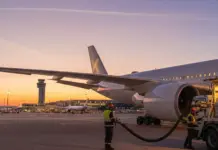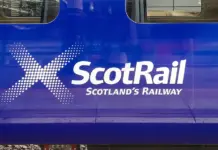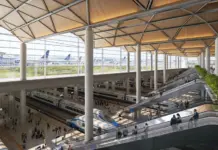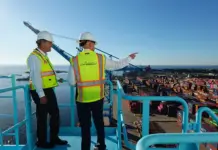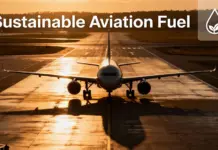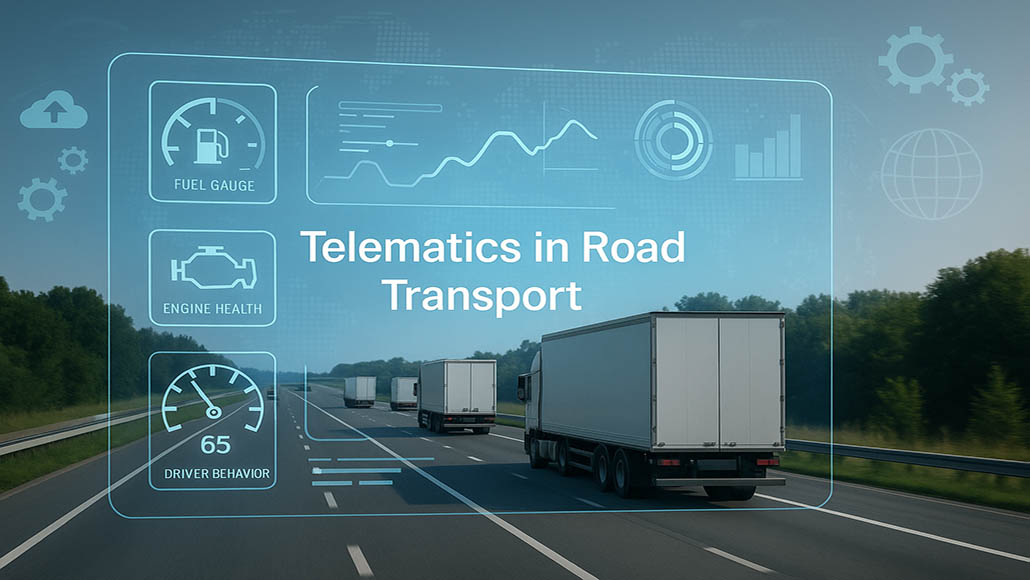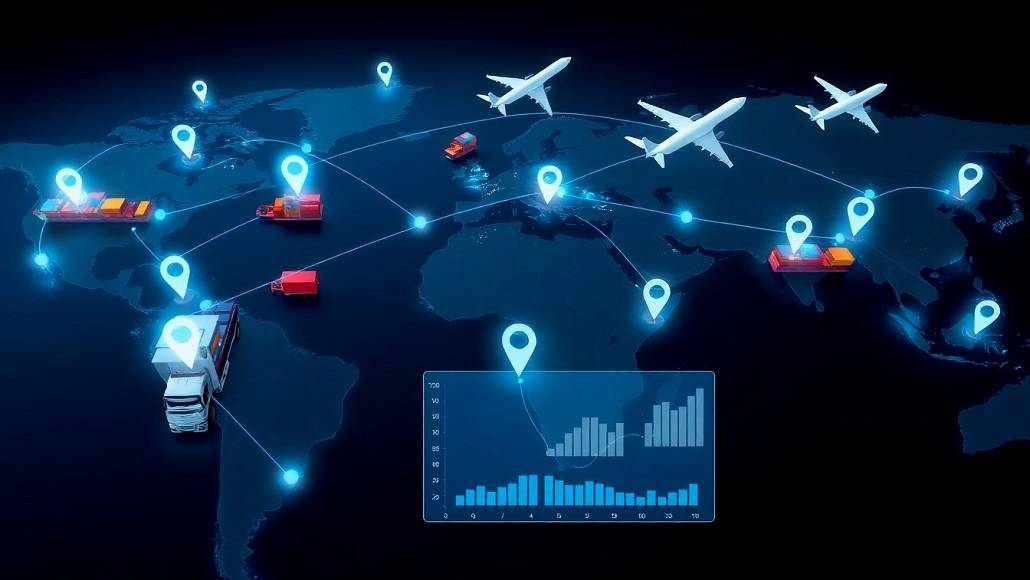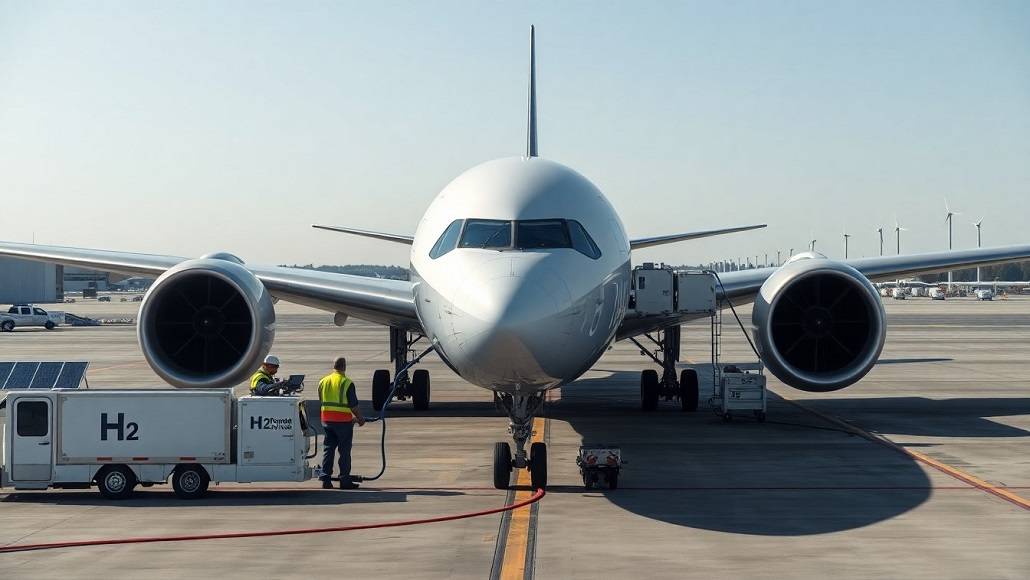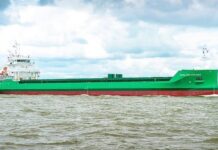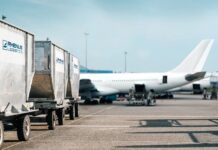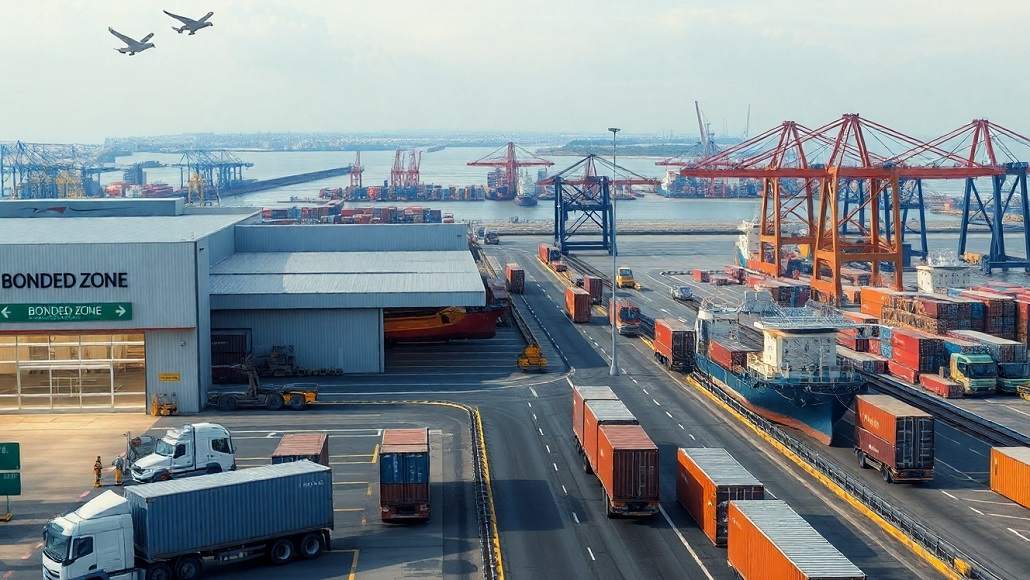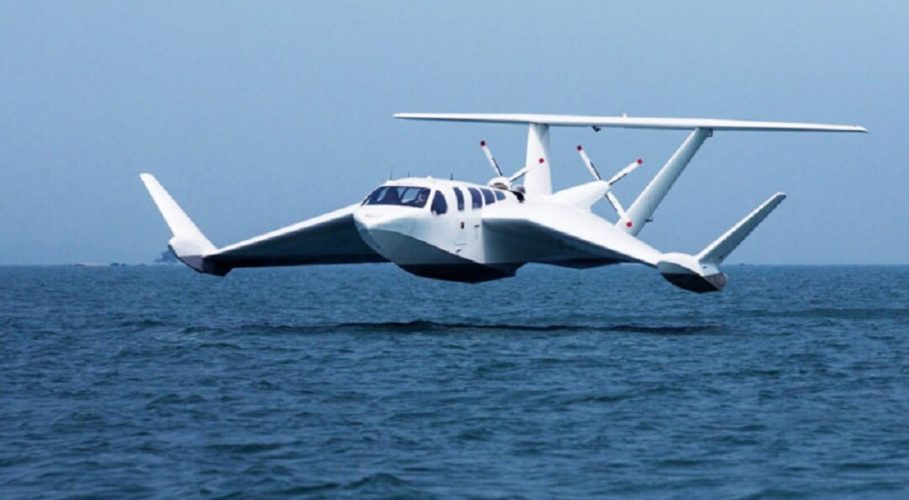Progress has been underway in Singapore, Germany, South Korea, China and Australia to develop wing-in-ground-effect (WIG) vessels that travel close to the water surface. While these vehicles may lift-off from and touch down on designated oceanic seaplane runways, there may also be a logistical case for these vehicles to touch down on and lift off from coastal airports. At the present time, transportation officials in different nations hold different views on the issue.
Introduction
Aeronautical engineers were puzzled when they studied flight characteristics of waterfowl that had spread their wings to glide for extended distances close to the water surface. The theory of flight based on a vacuum effect on the upper wing surface suggested that waterfowl should not be capable of gliding over such extended distances without input of propulsive energy. They discovered that air flow dynamics between water surface and wing underside kept the waterfowl aloft and built scale model test vehicles to verify such flight dynamics that required far less energy than traditional higher elevation flight.
During the 1960’s, two German engineers took different paths to build very different configurations of small-scale ground effect vehicles capable of carrying a pilot. One configuration involved the reverse delta-wing while an alternative configuration involved a pair of forward and rear tandem wings. Both designs could travel above both water and level ground, with the reverse-delta wing being able to climb to an elevation of over 40 percent of its wingspan. A more recent design being developed in South Korea is capable of briefly climbing to an elevation of 150 meters or 500 feet and fly above large ships.
Market Segments
Innovative transportation technologies ultimately require a niche market that they could uniquely serve. Winged vessels can safely travel at much greater speed than fast watercraft while providing a smooth ride and consuming far less fuel than short-haul aircraft traveling at identical speed. The market for winged boats combines offering competitive travel speeds at very competitive ticket prices for both passenger and freight transportation. One market niche might connect coastal cities located on nearby islands carrying passengers while other market niches would likely combine autonomous navigation technology with extended-distance fast freight transportation.
Short distance regional service could connect islands of nations such as Malaysia, Indonesia and Philippines along with travel between islands across the Caribbean region. There may be a market between Europe and several populated islands in the Mediterranean Sea including domestic service connecting Greece to offshore island provinces. Winged boats can also provide service across the outer regions of bays, inlets and gulfs where overland distance would be much greater. When wave conditions are calm, winged boats could provide service between designated sea plane oceanic runways, where such runways are actually possible.
Water Runway Problems
During storms, wave conditions can actually prevent arriving sea planes from safely touching down or departing sea planes from safely becoming airborne. While some WIG craft can actually travel quite smoothly at 3-meters elevation above waves of 4-meters in height, touch-down and take-off under such wave conditions could pose a danger to passengers and crew. Like sea planes, WIG craft require calm water for safe take-off and touch-down. At some locations, a suitable river with calm surface conditions might empty into a storm-prone area of ocean and allow WIG vessels and sea planes to touch-down and take-off.
A recent occurrence in Northern Canada involved a barge carrying critical supplies to a northern village having to turn back due to navigation channel ice conditions. Instead, expensive aircraft transportation was required to deliver the supplies. A WIG could otherwise have traveled above frozen water surface to a coastal snow-surface runway built on solid ground, to support the vessel weight. Requiring the vessel to touch down away from shore, on this ice, could have resulted in the vessel dropping through the ice cover and being stranded for the winter. Except that Canada requires offshore touch-down and take-off.
Mammals on Waterways
Several species of marine mammals such as seal and dolphin swim near the coastal water surface, increasing the risk of collisions between maritime vessels and such species. At some coastal locations, sea-planes and WIG craft risk colliding with aquatic life during touch-down and take-off. Some mammals swim upstream into river estuaries or into the calm water of inner bays. In some nations, large animals swim close to the river surface. On some waterways and inner bays, it may be possible to develop designated sea-plane runways enclosed by barriers extending between water surface and river/sea floor.
While there are large cities located upstream along rivers, there may also be river traffic such as ferries and recreational water craft. To gain access near such cities, WIG-vessels would need to be capable of traveling above the height level of local water craft. If ocean ships are sailing into such rivers, Type B WIG craft capable of 150-meter elevation could provide transportation service should suitable sea-lane runways be available.
Coastal Airports
Internationally, several dozen international and domestic service airports have been built at coastal locations. At locations where the far end of the runway is close to ocean, construction of a gently sloping ramp could allow WIG craft equipped with landing gear to touch-down on and take-off from the coastal airport. There are locations where overhead power cables have been installed between ocean coast and the end of the runway, requiring that underground power cables be installed over a short distance and trees between runway and coast be cut to allow WIG craft access to the airport.
Such modifications would allow Type A WIG craft with landing gear and elevation capability of 40 to 50 percent of wingspan measurement access to runways upon arrival and departure. Several coastal airports across Asia are remote from shipping lanes, allowing for operation of Type A WIG craft. At locations where coastal airports are close to main international shipping lanes, Type B WIG craft with 150-meter elevation capability would provide service to and from such runways that would be likely at both end of the journey. A mix of Type A and Type B WIG craft could provide most service internationally.
Conclusions
There are conditions where take-off from or touch-down on a water surface would compromise safety of crew and passengers. These conditions include storm-driven severe coastal waves and also the presence of large animals swimming on or close to the water surface in areas where WIG-planes could touch-down or from where they would lift off. In Arctic regions when ice cover above water is too thin to support vehicle weight, either touch-down or attempts at take-off could cause surface ice to break and strand the vehicle. Snow runways built above solid ground would offer greater safety.
There is scope to modify several coastal airports to allow for arrival and departure of WIG craft. At some airports, gently sloping ramps between airport runway and ocean surface would enhance WIG craft operation. Other coastal airports might require short distances of underground power cables along with trimming vegetation between runway and coast. Type B craft with 150-meter elevation capability could provide service between pairs of several major international coastal airports. On routes away from shipping lanes, Type A WIG craft capable of climbing to 40 percent of wingspan could provide service between coastal airports.




